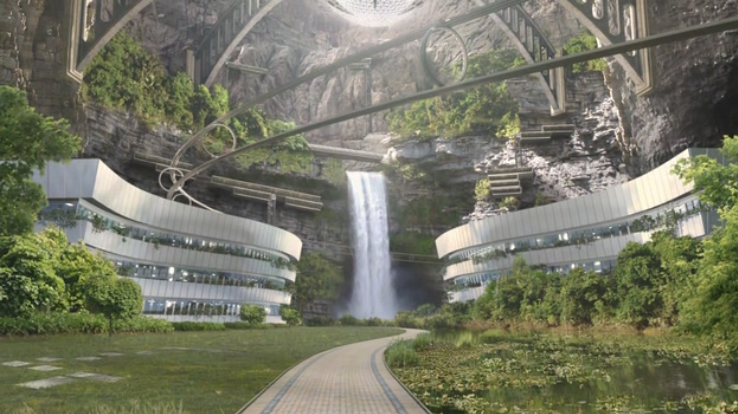In “Domesticity at War,” Beatriz Colomina draws connections between the home (the domestic space) and screens and how they together act as a site of warfare. She connects military advances/technology to their reflections in the domestic space, as well as the obsession with health and hygiene (3). Since Colomina is focusing on the post-WW2 period, I couldn’t help but think about Japan’s imperialism in relation to hygiene and Westernization. During Japan’s period of rapid industrialization and Westernization, they not only adopted technologies but dress and ideas about hygiene, ideas which were then imposed onto colonial Korea. In fact, “strengthening hygiene” was often used as an excuse for many of imperial Japan’s war crimes.
I also want to mention Colomina’s ideas about car windshields/televisions/computers as becoming replacements for windows (12). Colomina supposes that televisions are a one way aperture that only let things in, that they are the complement to chimneys which let things out (13). I would say that in an age where screens are also used as spaces of surveillance, they could be considered once again becoming two-way frames like windows.
This may seem tangential but since this is a class about television, I thought I would also try and relate this reading to the show I’ve been bingeing for a while. Sanctuary is a relatively unknown SyFy show which aired from 2008 to 2011. Jay Swayze’s Underground House, an idea conceived in 1962 as a response to possible nuclear war, got me thinking about the major plot point of Sanctuary during season 3 (6). The show, which is a fantasy/sci-fi show about abnormals (essentially mutants and monsters) and a sanctuary that endeavors to protect the abnormals and humans from each other, presumes that there exists an incredibly advanced civilization living underground, a place called Hollow Earth. These advanced people became so because they were protected by the earth from the tyrannical vampire civilization (I know, just go with it) aboveground and allowed to flourish. Then later, the series ends with the leader of the sanctuary building a new sanctuary after the original one is destroyed. The new sanctuary is underground, much like Hollow Earth, and is big enough to house all the abnormals on Earth. Both Sanctuary and Jay Swayze see life underground as safety, as a place of freedom rather than entrapment, environments safer since all elements of it can be controlled and created, outside of normal space and time (7, 11).
 |
| Sanctuary — the new Underground Sanctuary (4x13) |

No comments:
Post a Comment